You are viewing ARCHIVED content published online before January 20, 2025. Please note that this content is NOT UPDATED, and links may not work. Additionally, any previously issued diversity, equity, inclusion or gender-related guidance on this webpage should be considered rescinded. For current information, visit https://www.blm.gov/blog.
Southern New Mexico couple receives 2018 Rangeland Stewardship Award
Making the Red Mountain lease into a viable and productive ranch has been a life-long endeavor for Larry and Pennie Hooper from Deming, New Mexico. Their labor of love began in 1991 when they purchased 7,320 acres of deeded private property, and acquired the grazing rights to a 2,363-acre Section 15 allotment managed by the BLM and an additional 1,800 acres of State Trust land. Altogether, the ranch needed some tender loving care that only the Hooper's could give, along with some genuine "cowboy strength" and "sweat equity."
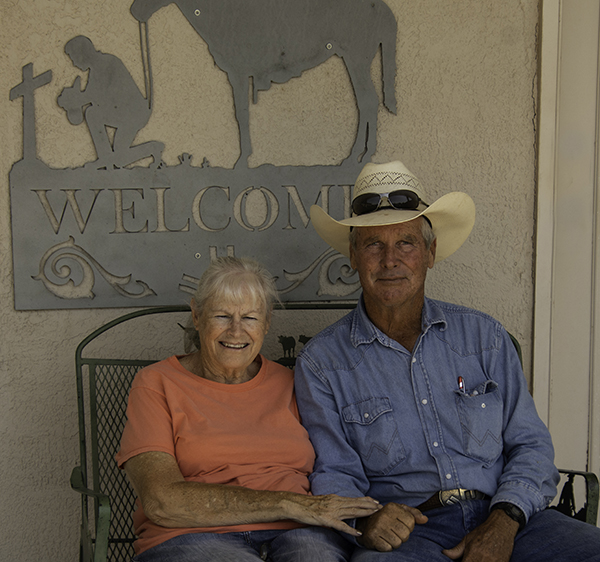
On September 27, the BLM recognized the Hoopers' dedication with the 2018 Rangeland Stewardship/Sagebrush Steppe Award. In front of the BLM leadership and industry peers, Pennie and Larry received the award at the Public Lands Council Conference in Park City, Utah.
When the Hooper's acquired the land, the western rangeland had for years been a dumping ground for household debris from Deming residents and also infested with a tenacious noxious and invasive weed called "African Rue." Through hard work and dedication, the Hooper's turned the rangeland into a model ranching operation and haven for birds and wildlife.
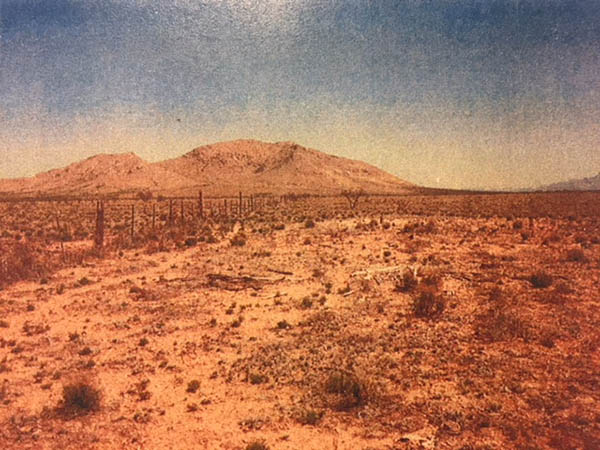
Native to the Mediterranean region, "Rue," as it's called by locals, was introduced to North America in the 1920's. During World War II, it was introduced to Luna County when there was the U.S. Army Air Force training ground located near Deming. Aircraft returning to U.S. soil from the Mediterranean, African and Middle Eastern Theaters were the culprits and soon "Rue" was an issue facing western ranchers throughout the southwest.
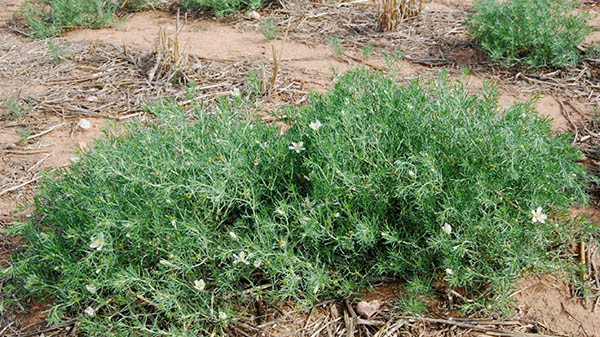
producing 1,000 of seeds that quickly displace native vegetation of the Chihuahuan Desert.
Larry Hooper describes himself as "the King of African Rue" for all of the time he's "clocked" in to eliminating the invasive weed on his ranch and on federal and state land. He and his family have been incorporating weed control methods into their operations for over 21 years. These methods include cultural (avoiding overgrazing), mechanical (using equipment) and chemical (spraying herbicides) to remove and stop the spread of the plant.
Beyond their aggressive noxious weed control program, the Hooper's have implemented a holistic approach to improve the range condition and trend. Looking at their entire operation, the Hooper's began investing countless hours to improve the ranch's watering sources and interior and exterior boundary fences. Blurring the private, BLM and state ownership lines for the health and productivity of the rangeland, the Hooper's were successful in improving the range infrastructure, including three new wells, three storage tanks, seven troughs, and seventeen miles of interior fencing and pipeline.
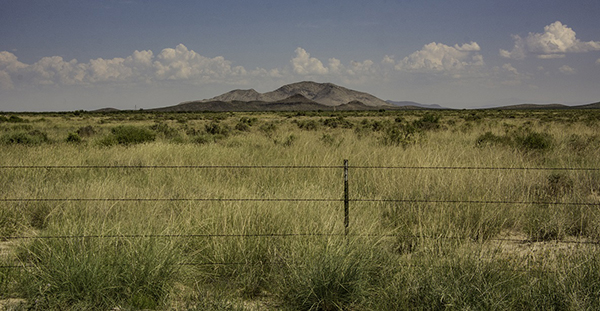
This approach, in concert with conservative livestock stocking of the allotment, adjusting stocking rates based on forage quantity and quality, implementing a rest rotation program and controlling mesquite and creosote, has improved the rangeland dramatically.
Larry and Pennie have also been dedicated stewards of rangeland for the native birds and wildlife that inhabit the ranch. They have designed eight wildlife exclosures. Within these exclosures, they have removed overgrown brush and strategically improved the cover, shelter and water guzzlers for Gambel's quail and other migratory birds. In addition, other wildlife improvements have increased the resident wildlife, including mule deer and javalina.
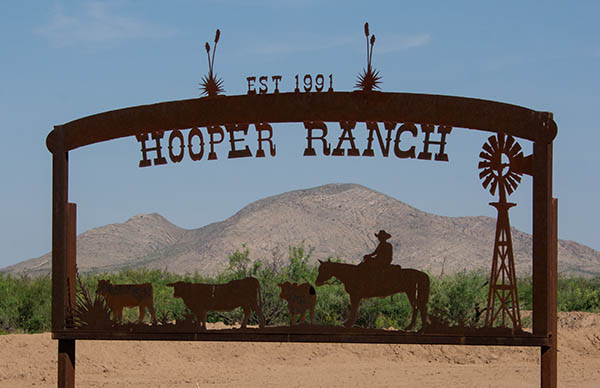
designed and cut by Penny Hooper, a master metal craftswoman.
Their work on the Red Mountain lease has not gone unnoticed. It's been a challenge that has enriched their entire family's life. They have equally enriched their community with their involvement in the Deming Soil and Water Conservation District Board, the Corrientes Cattle Association, the New Mexico Cattle Growers and Deming Future Farmers of America Chapter. Being part of these organizations has allowed the Hooper's to provide their insights and recommendations for the care of private, federal and state rangeland.
Overall, their labor of love has been to leave the rangeland better than they found it. By reducing the infestation of African Rue, improving the wildlife habitat and enhancing the rangeland health and productivity, the Hooper's have enhanced the legacy of this special working landscape. For them, it was clear what they needed to do and they "rolled up their sleeves" and "got-er done!"
Because of Larry and Pennie's efforts, the Hooper Ranch is living up to its potential in southern New Mexico's iconic western rangelands.
Related Stories
- State of New Mexico officials honor BLM firefighters for Camp Fire response
- BLM announces 2025 Rangeland Stewardship and Innovations Award winners
- Partnership drives ongoing habitat restoration in Muddy Creek watershed
- Oklahoma Field Office staff teach Petroleum Engineer Technician course
- Carlsbad Field Office celebrates 100 years of potash
